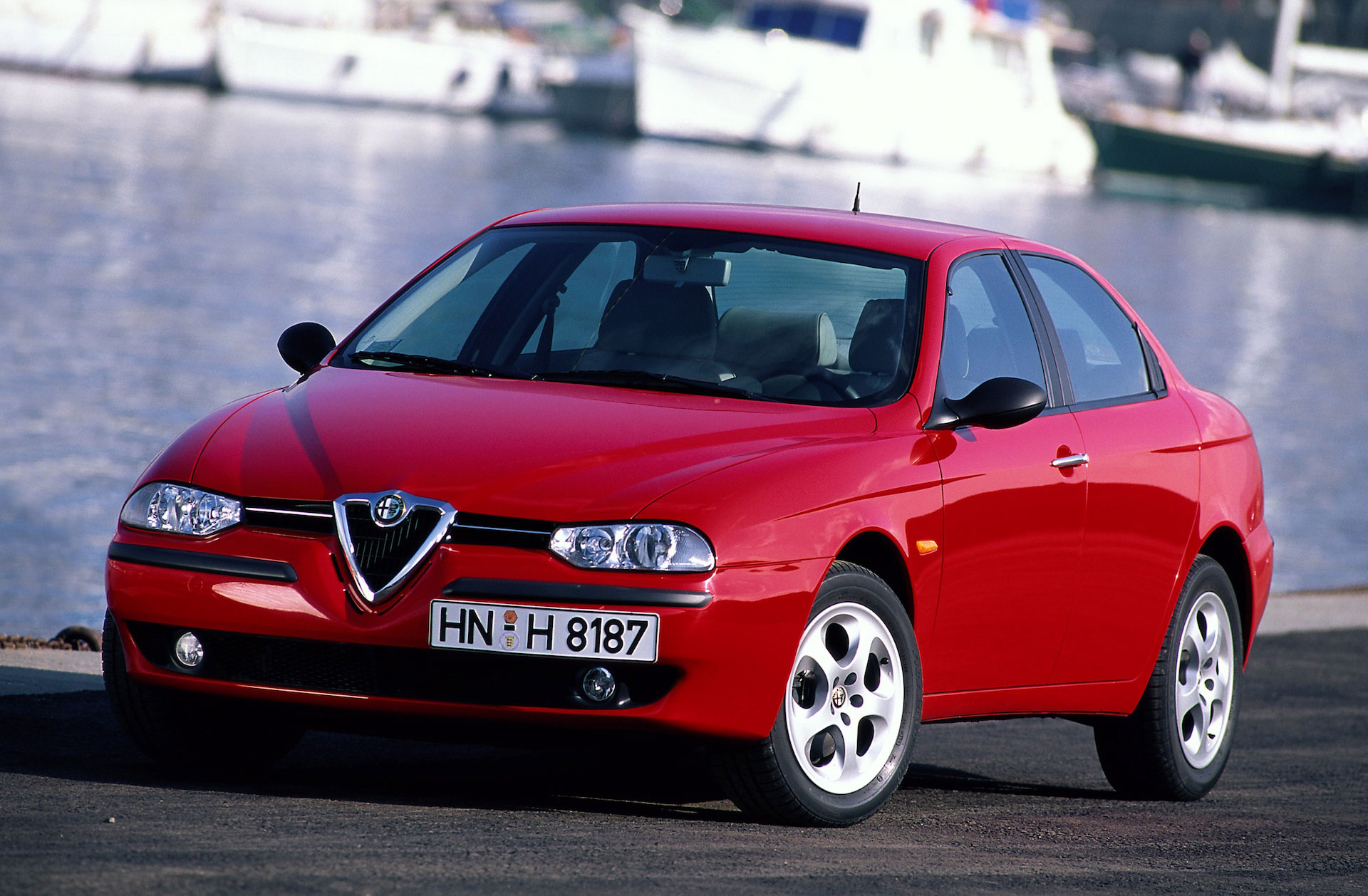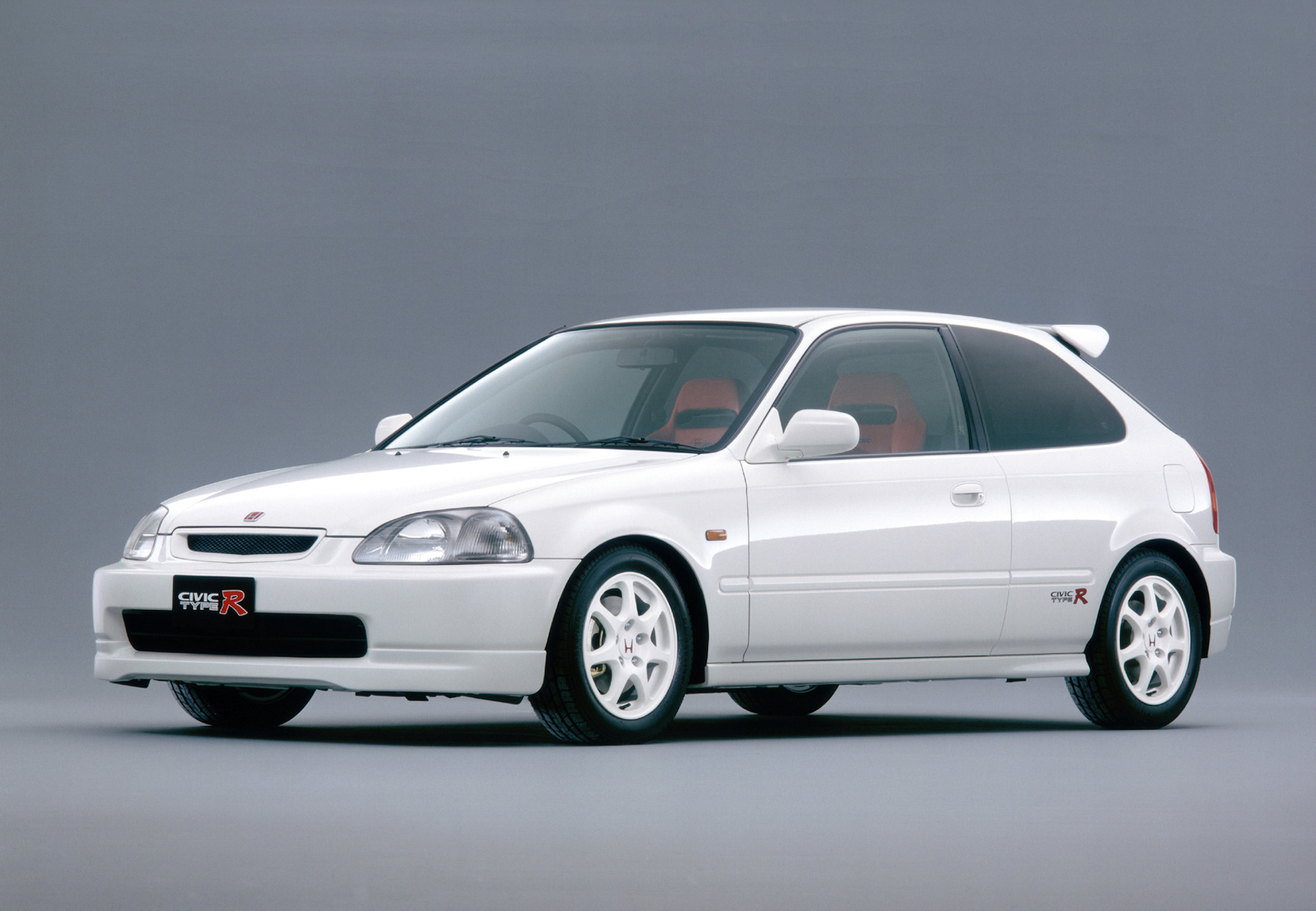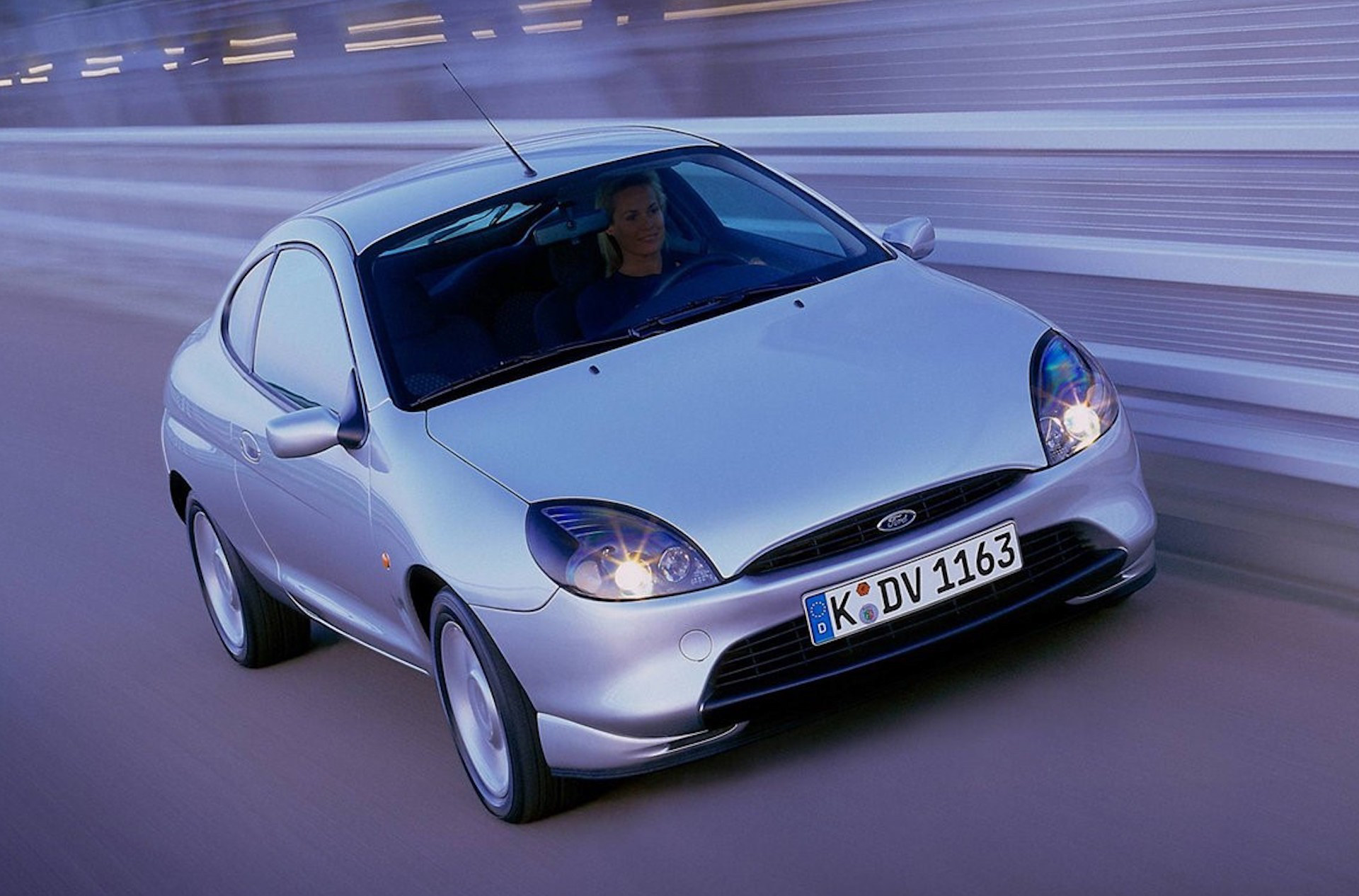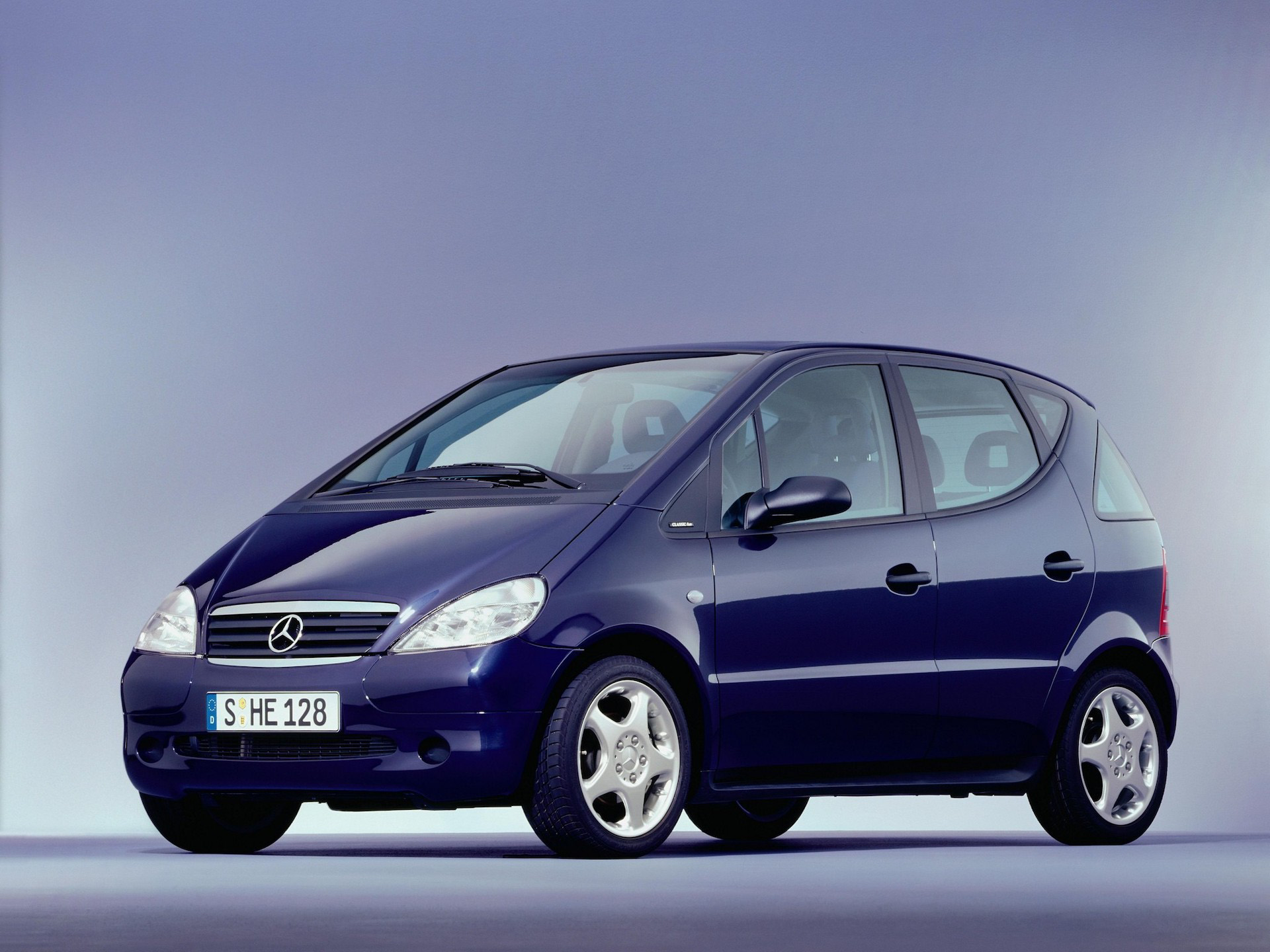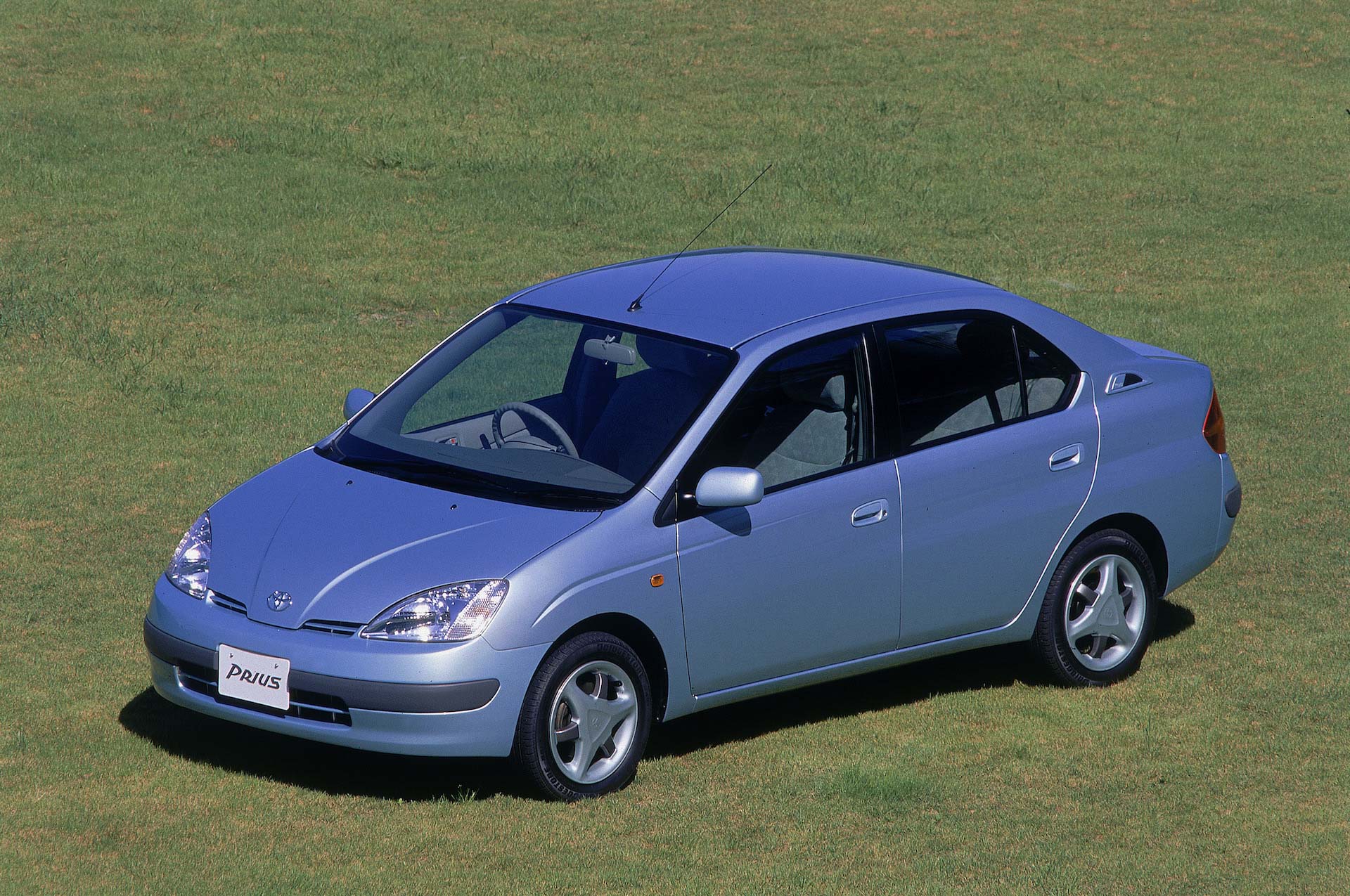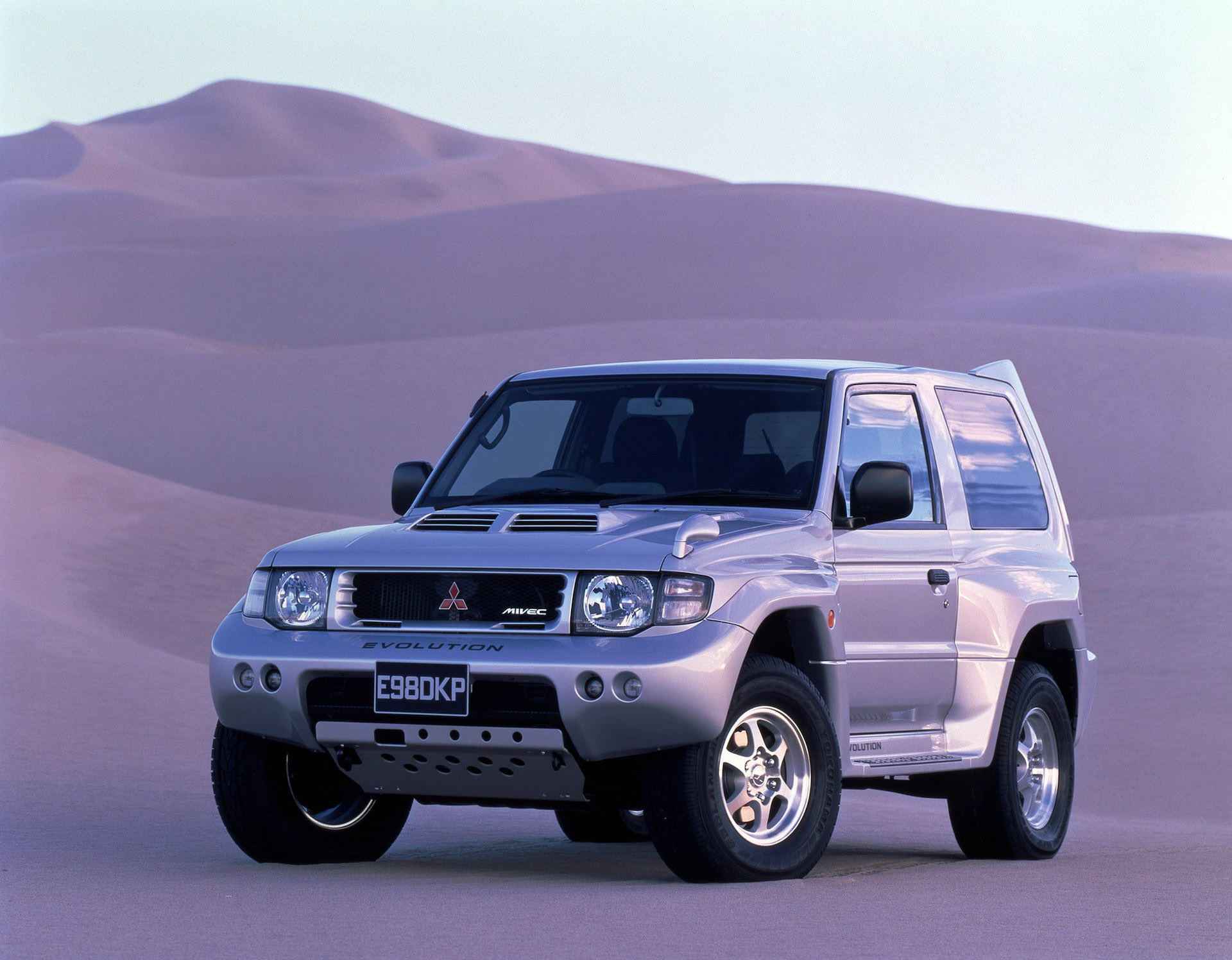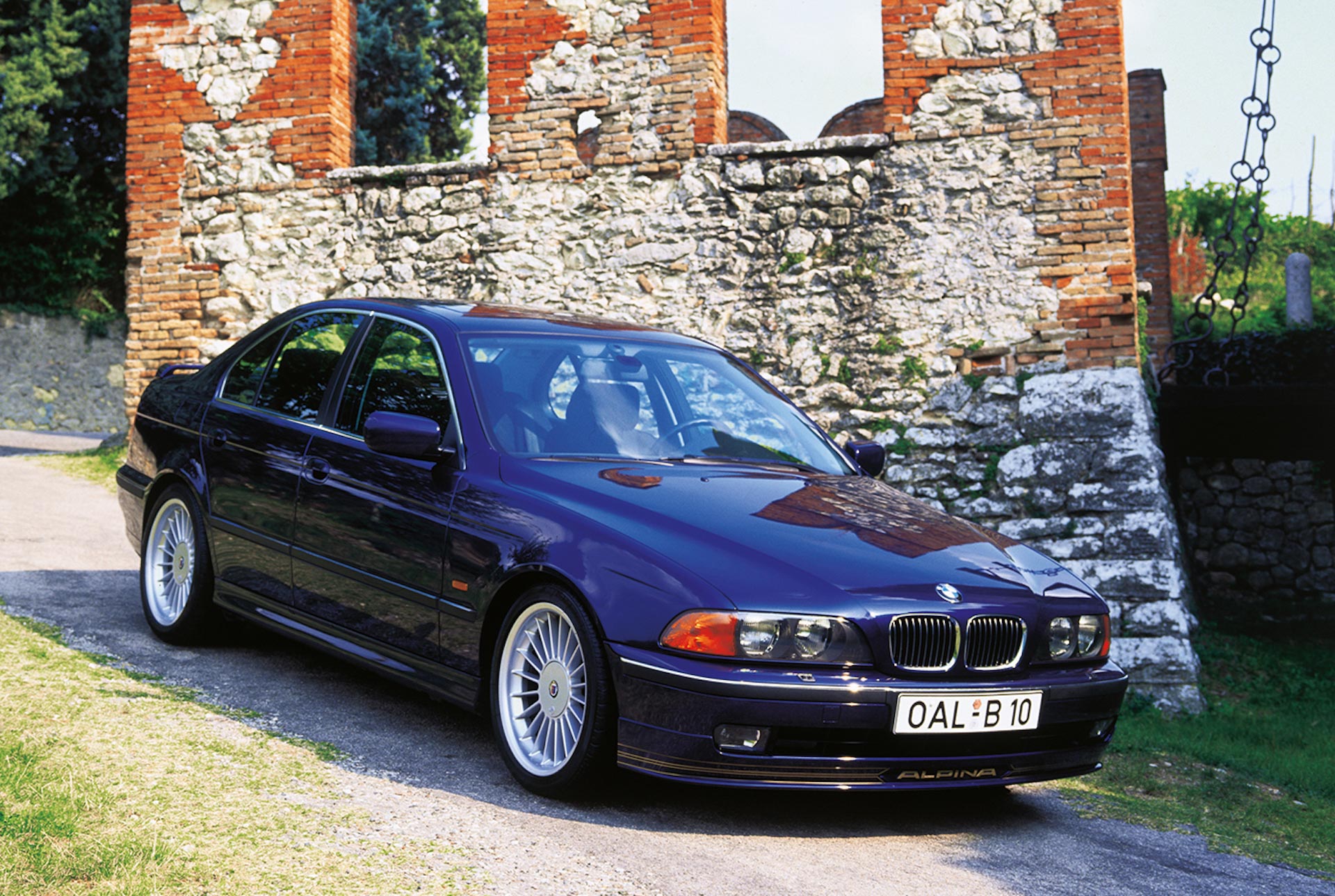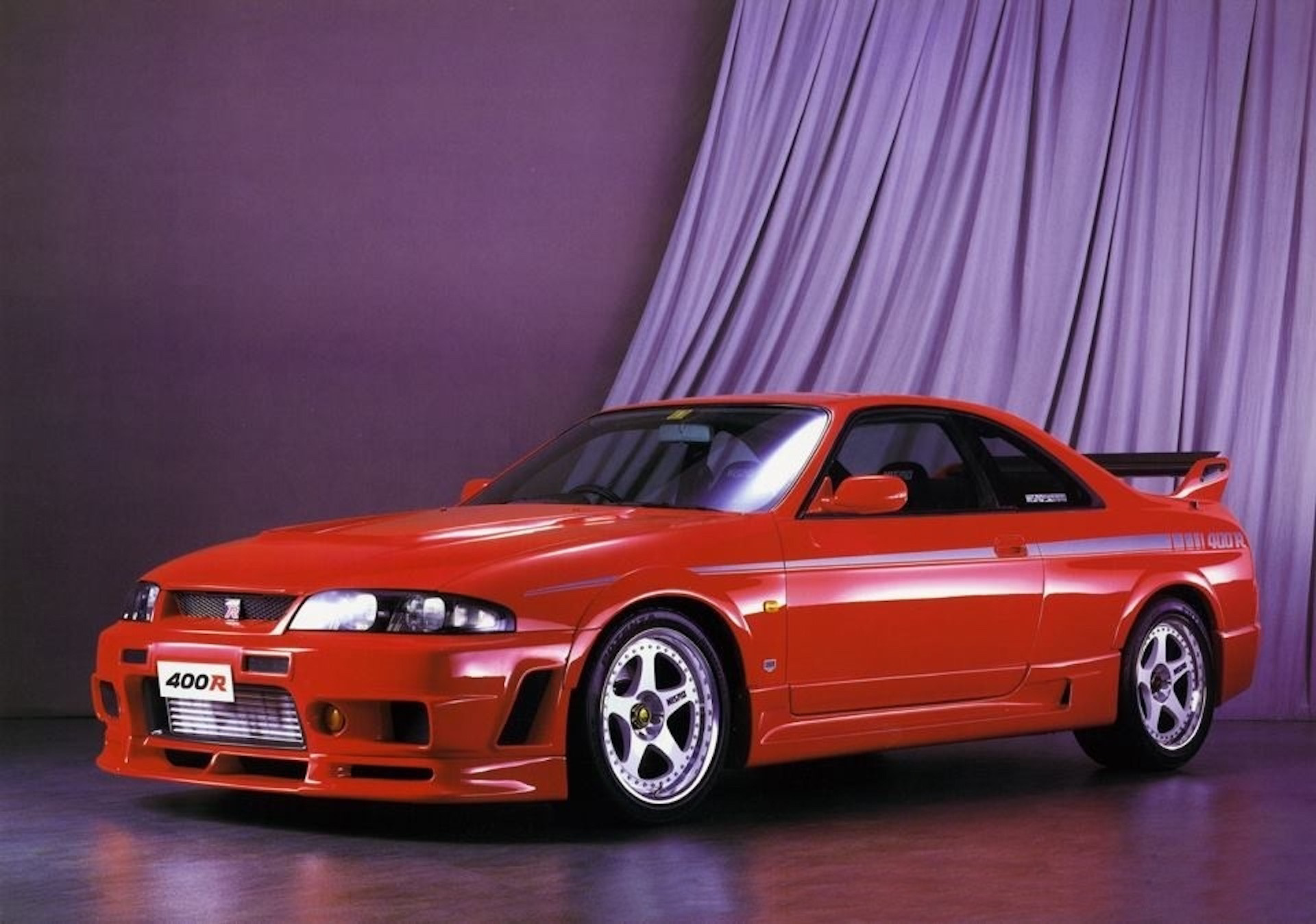The land of the free might have access to some of the world’s greatest cars and roads, but sometimes the USA misses out on the world’s best enthusiast cars.
At 25 years of age import rules are relaxed, which means that cars previously unavailable to American petrolheads can be brought in without regard to whether they comply with all applicable DOT Federal Motor Vehicle Safety Standards. Look at the passion for the BMW M3 E30, Lancia Delta HF Integrale and Ford Escort RS Cosworth among US enthusiasts – and the resulting price rises.
To that end we’ve compiled a list of 10 superheroes from 1997 that were previously unavailable to American audiences, but will become eligible for import in 2022, or are due to in the next year or so. Which would you choose?
1. Alfa Romeo 156
Alfa had been in a rut for years when the 156 arrived to breathe new life into the brand. Its curvy shape was a breath of fresh air after decades of angular Alfas, and it handled beautifully too. Though power went to the front wheels, independent rear suspension, light weight and super-quick steering made it more neutral than Switzerland.
Related: Alfa Romeo Considering Quadrifoglio Variants For Future Electric Models
There are several engine sizes to choose from, but our pick is either the 2.0-litre four-cylinder Twin Spark or the 2.5-litre Busso V6. The four-banger offers a touch over 150 hp, but with little weight over the nose it handles like a proper Italian sports saloon. The 187 hp (190 PS) V6 is a touch more nose heavy, but it makes up for it with a thumping mid-range and one of the most soulful engine notes in motoring.
2. Honda Civic Type R (EK9)
The birth of a legendary nameplate often shows the model in its purest form, and that’s definitely something you argue in the case of the Honda Civic Type R. Based on the sixth-generation Civic, Honda’s engineers jettisoned much of the sound deadening and creature comforts before hand-porting the 1.6-litre B16B four-cylinder engine.
This 8200 rpm screamer had one of the highest outputs per liter of all time for a naturally aspirated engine (182 hp/185 PS). That was matched to a close-ratio gearbox and a helical limited-slip differential to provide one hell of a hot hatch. Moreover, it can sprint to 60 mph (96 km/h) in just 6.7 seconds.
3. Ford Puma
At the start of the 90s, most European Fords had a terrible reputation for being boring to drive, but in the mother of all turnarounds, by the end of the decade they were all great fun to hustle, not just the sporty models. It started with the Mondeo, but by 1997 Ford’s chassis-tuning gold would find its home in a properly sporty coupe, the Puma.
It’s tiny, based on the Fiesta of the same age, and styled by Ian Callum of Aston Martin and Jaguar fame. The best one to go for is the Yamaha-developed 1.7-litre four cylinder; it may have just 123 hp (125 PS) but the car weighs little more than 2,200 lb (1,000 kg). That adds up to lots of giggles in a very small package, and prices are still on the floor, even for mint examples.
4. Porsche 911 GT1
The badge might have said “911” but the GT1 was a million miles away from the 993-generation 911 you could buy in Porsche showrooms in 1997. True, it did share some front end components with the regular coupe, but the flat-six was mid-mounted and water cooled.
To homologate its racing efforts Porsche had to build 25 Strassenversion road cars, each powered by a 536 hp (433 PS) engine and capable of 0-60 mph (0-96 km/h) in 3.8 seconds and 0-100 mph (0-160 km/h) in just over seven. And if you’re a multi millionaire you’ll be able to import one to the U.S. in 2022 and probably cause pile-ups wherever you go.
5. Subaru Impreza WRX Type R GC8D
1997 saw the introduction of the two-door Impreza, and Prodrive chose this coupe version for its world rally car effort due to its extra stiffness and lightness. The WRX Type R was a special car as it had the 276 hp (280 PS) of the base car, less sound insulation, a close-ratio gearbox and an upgraded gearbox. The intercooler was also kept cool with a water-spray nozzle. Around 10,000 examples were built for the Japanese market only.
6. Mercedes-Benz A-Class
These days the A-class is an utterly conventional front-engined, front-wheel drive sedan and hatchback. But the original A-Class launched in September 1997 broke all of Mercedes’ own rules, and would have broken the internet if everyone actually had the internet back when it flipped over during an elk test lane-change maneuver, making headlines around the world.
The egg-shaped A-Class’s clever packaging, which promised E-class interior space in something shorter than a new Toyota Aygo X, was brilliant, the dash plastics less so. But import one of these and you’ll draw more stares than a $200,000 Maybach.
7. Toyota Prius
If you’ve got a hankering for some sick ’90s JDM wheels, you know the cool stuff that was never offered in the U.S., but you’re also a bit worried about the polar bears and the fact the pacific islanders might all soon have indoor swimming pools, boy have we got the car for you.
The Toyota Prius didn’t arrive in the U.S. until 2001, but from December next year you can import the earliest versions of the original NHW10 Japanese-spec Prius, the world’s first mass production hybrid. Though with just 57 hp (57 PS) from its 1.5-liter ICE motor and 40 hp (40 PS) from its electric one, we’re not sure why you’d want to.
8. Mitsubishi Pajero Evolution
We’re well versed in performance SUVs these days. Barely a day goes by when a manufacturer doesn’t turn up with an over-endowed machine toting more horses than a Kentucky stud farm. Back in 1997 though, the idea was something of a novelty, but a necessary one for Mitsubishi: to homologate its entry into the Paris Dakar Rally, the automaker needed a street version of its musclebound Pajero.
Say hello to the Pajero Evolution, which packs a 272 hp (275 PS) 3.5-litre V6 under the bonnet, and clothes its double wishbone front suspension and multi-link rear under a two-door body shell pumped up with an aggressive body kit. Just 2,500 were built.
9. Alpina B10 V8 E39
The E39 BMW M5 might be one of the finest things to come out of BMW’s M Divison, and still the performance car of choice for certain long-distance and mildly (ahem) illegal cross-country runs, but if you fancy your super-saloon with an extra dollop of smoothness, its opposite number from Alpina is worth a look.
The engine is a development of the 4.4-litre V8 found in the 540i, with a new crankshaft, Mahle pistons, hand-crafted ports, hotter cams and a reprogrammed ECU taking power to 335 hp (340 PS). Unlike the M5, you can get one as a Touring, too, which means the dog and surfboard can come too.
10. Nismo 400R
GT-R fans in the U.S. have been able to import the standard and V-Spec versions of the R33 for a couple of years, but in 2022 the spectacular Nismo 400R makes it onto the menu. It’s a fine dining experience in every sense: first, because it features numerous important mods, including a bored and stroked 2.8-liter version of the RB straight-six rated at 400 hp (405 PS); second, because it’s incredibly rare, since just 44 having left Nismo’s Omori works; and third, because they’re so shockingly expensive you almost certainly can’t afford it. Figure on spending $1 million to put one in your American garage.





